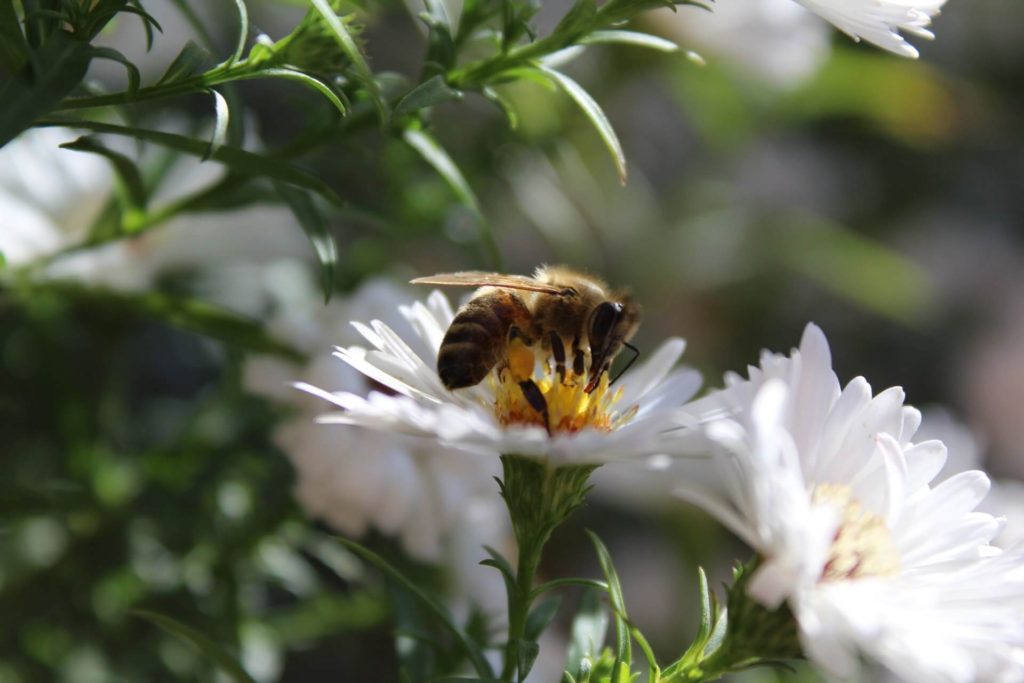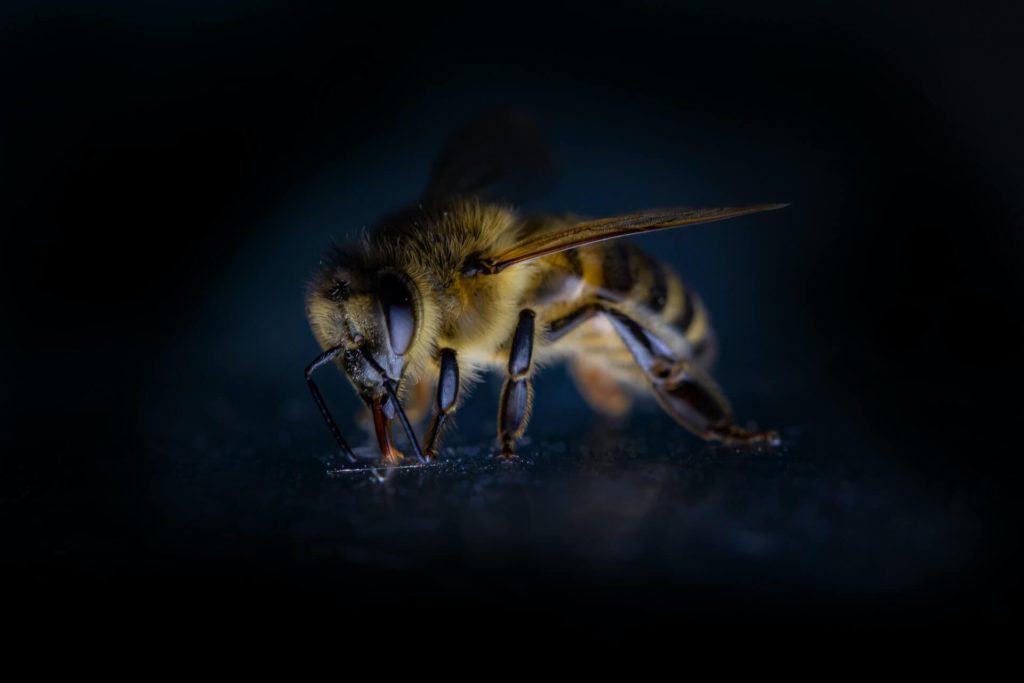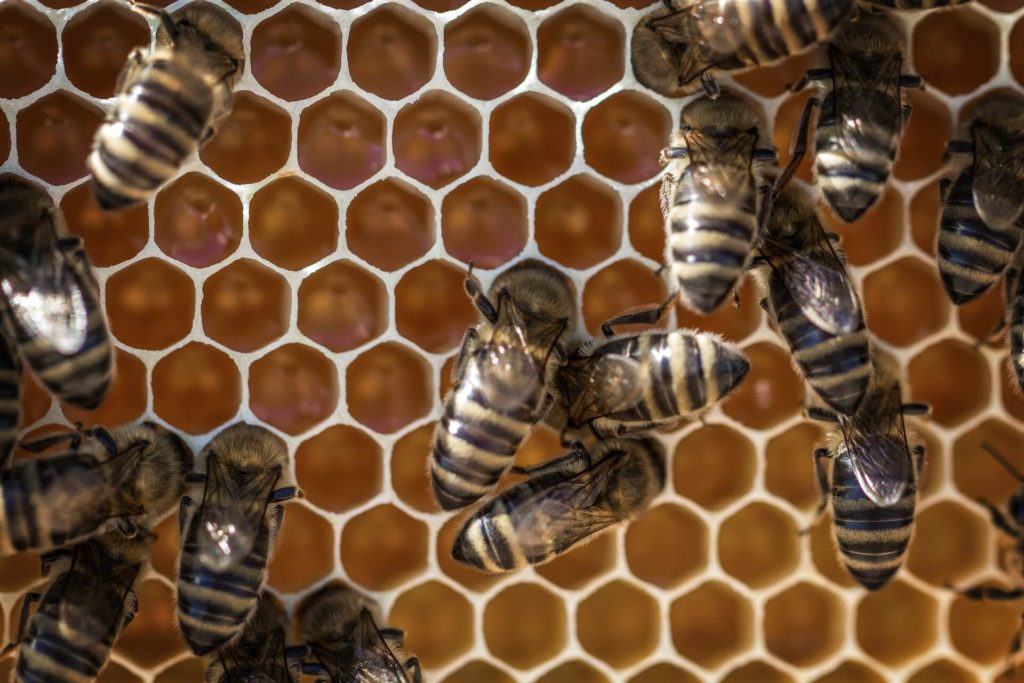How honey made and its surprising health benefits

Honey is a commonly used natural sweetener. Nowadays it is highly promoted by fitness enthusiastic, health-conscious & dietitians. The reason behind this is surprising health benefits. If we go down in the history, you will get many references of use of honey for various health benefits and in treatments, as old as 8000 years. So its benefits are proven since the ancient era.
To understand better, let see how honey is made?
We all know bees make honey. But how bee makes it is something to know. the entire process is a natural life cycle. It is a golden coloured thick liquid produce by bees.

When a bee flies to flowers, it extracts Nectar from the flower by its long tube-shaped (like a straw) tongue and collects in its stomach. You know, bees have an extra stomach to store this Nectar. it is also known as a crop. While roaming around with nectar in its crop, nectar mix with enzymes. This mixing process makes it possible to store Nector for a long time.

Now roaming from one flower to another flower and collecting Nector, at the end bee return to the hive. After reaching the hive, the bee transfer Nector into a honeycomb by passing it thru another bee. this transfer process performs by bee’s mouth by mouth. like first bee transfer, it to second bee’s mouth and then third be and so on until it reaches to the honeycomb. during this process, Nector was partially digested. but this form is not the honey we use. To convert it into a thick smooth liquid, bees fanning the honeycomb with their wings, which gives an evaporation effect. once water completely evaporated, Nector converts into honey form, and then bee sealed pack the comb with beeswax. Beeswax is a secretion of liquid from bees abdomen, which eventually hardens into beeswax. this is how honey is made and stored for life in a honeycomb.

The natural raw form of it is the best to have instead of the processed one which is available in the market. Here please note that all honey doesn’t look, taste and aroma the same. it very based on the flower from which Nector is taken.
High-quality honey is used to have good fragrance, taste, and consistency. Ripe, freshly collected, high-quality honey at 20 °C (68 °F) should flow from a knife in a straight stream, without breaking into separate drops. After falling, it should form a bead. When it poured, should form small, temporary layers that disappear fairly quickly, indicating high viscosity. If not, it indicates honey with an excessive water content of over 20%, not suitable for long-term preservation. In jars, fresh honey should appear as a pure, consistent fluid, and should not be set in layers.

Benefits of RawHoney
(Note: please do not serve it to children less than a year old. Some of the bacteria in raw honey can be harmful and even life-threatening as the immune system yet to develop in newborn babies)
- It works as an antioxidant. it’s compound polyphenols, which can fight against ageing & chronic diseases.
- It works as an antiseptic. Hydrogen peroxide is naturally present in it, which can fight against bacterial & fungal infections.
- It works as an immunity booster. Its compound phytonutrients have very good immune-boosting quality. It flushes out carcinogenic elements in your body.
- It can works as a probiotic as well. It can improve digestion power.
- It can do wonders for your sore throat and act as a cough suppressant.
- It can improve oral health. it can defend against gingivitis or gum disease.
- It supports skin recovery. Manuka honey is an FDA-approved treatment for wound dressings. it helps to tissue regeneration faster and reduce the chance of infection.
- it believes to improve Fertility in both men and women.

How is honey named based on its botanical origins?
different types of honey are generally named after plants. wildflower, clover, buckwheat, likewise. It identifies that from which flowers the bee has extracted the Nector. Honey’s nutritional benefits differest based on which flower the Nector used while honey was being processed. when experts talk about it as a remedy, it believes manuka honey is more powerful than other varieties.
There are many varieties of raw honey such as;
- Acacia
- Sunflower
- Forest
- Multifloral Himalayan
- Eucalyptus
- Rapeseed
- Lychee
- Karanja

Creatively we can use it with our meal or using it in recipes. to give you hints, here are some excellent ways of using it with your meal.
- Honey tea
- Honey Butter
- Hot Toddy
- Challah
- Sauces and Salad Dressings
- Mead
- Soups
- Baked Beans
- Quick Bread
- Snack Bars
- Cookies and Cakes
Honey gives wonderful benefits from its antioxidant abilities to its role as a deliciously natural sugar alternative. So, what are you waiting for? Why don’t you incorporate a little more honey into your diet and take advantage of the health?
Hope you enjoyed the post! We love to hear from you about your choice, preference, recommendation and experience. Please leave a comment, send us an email, or connect with us on social media.



